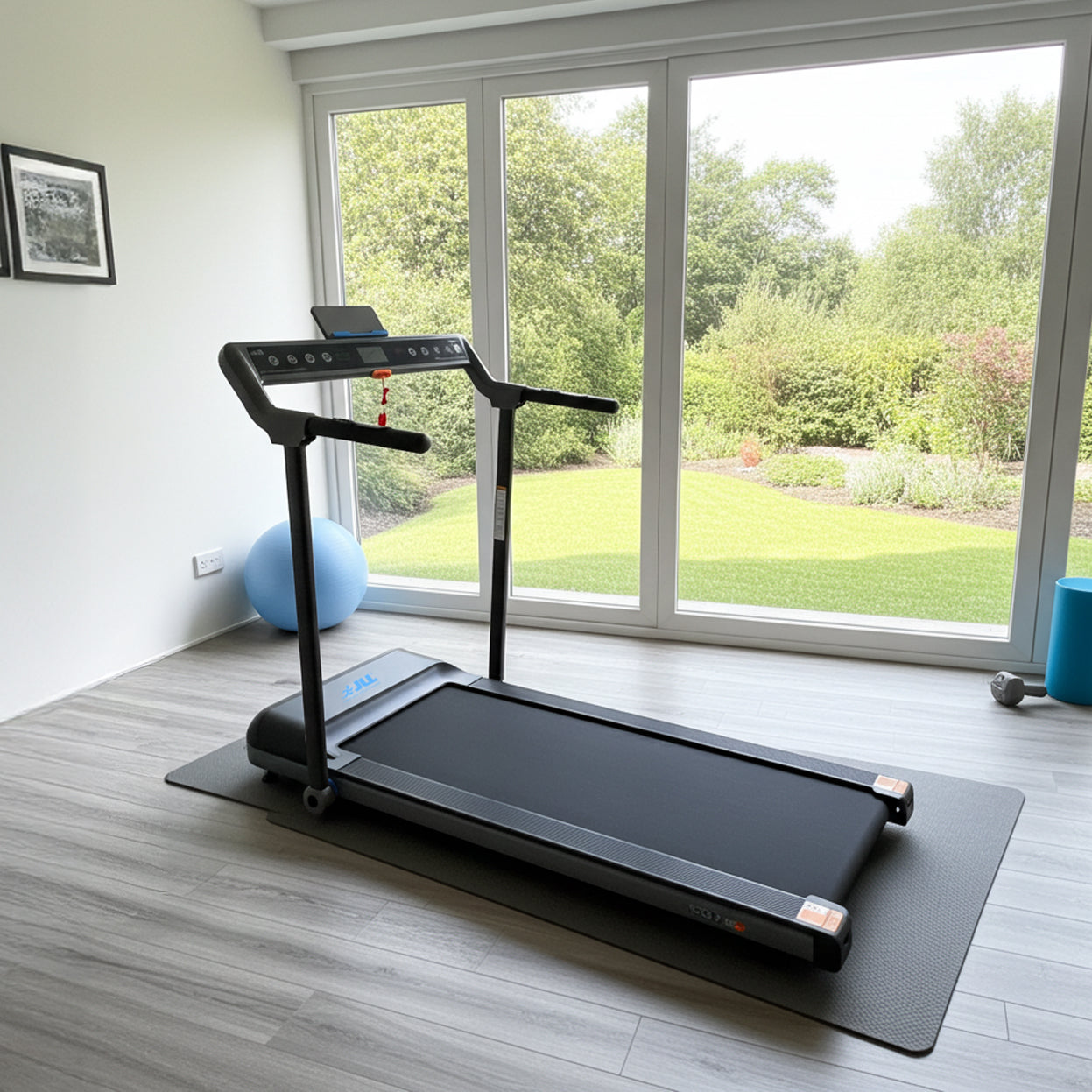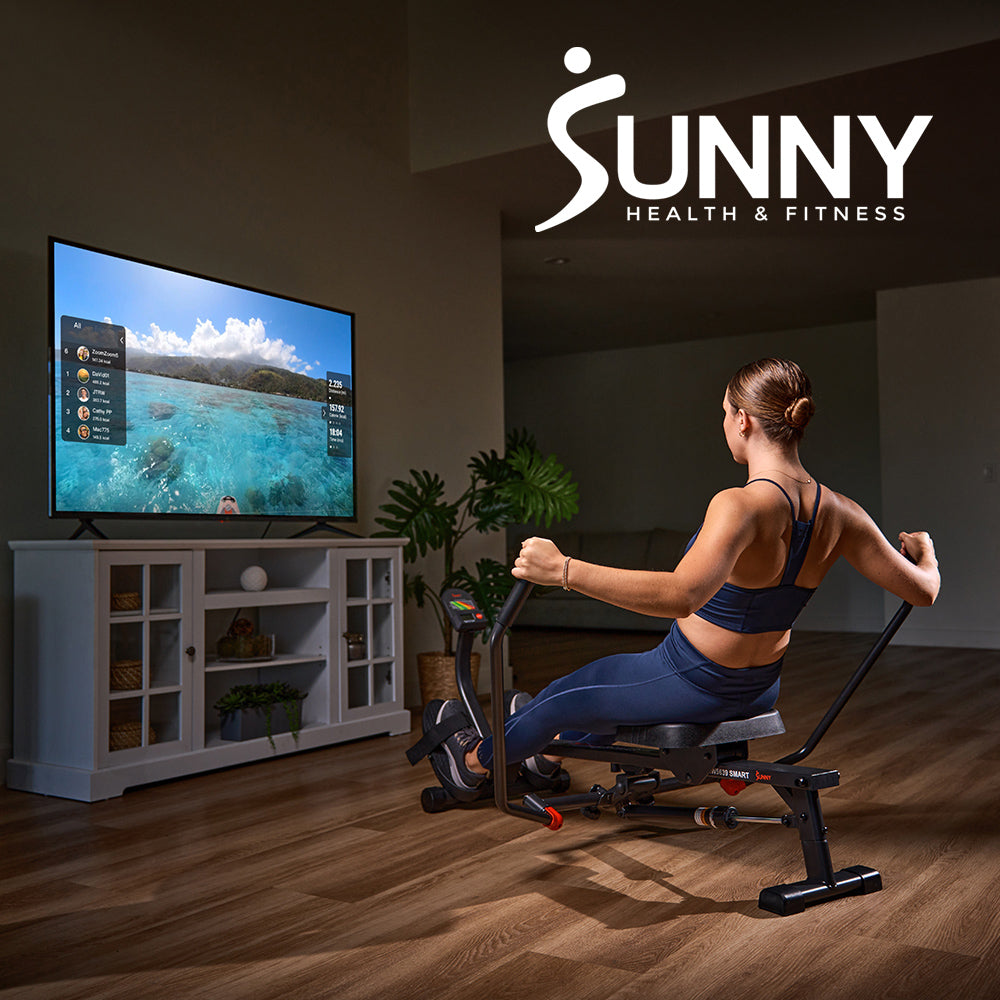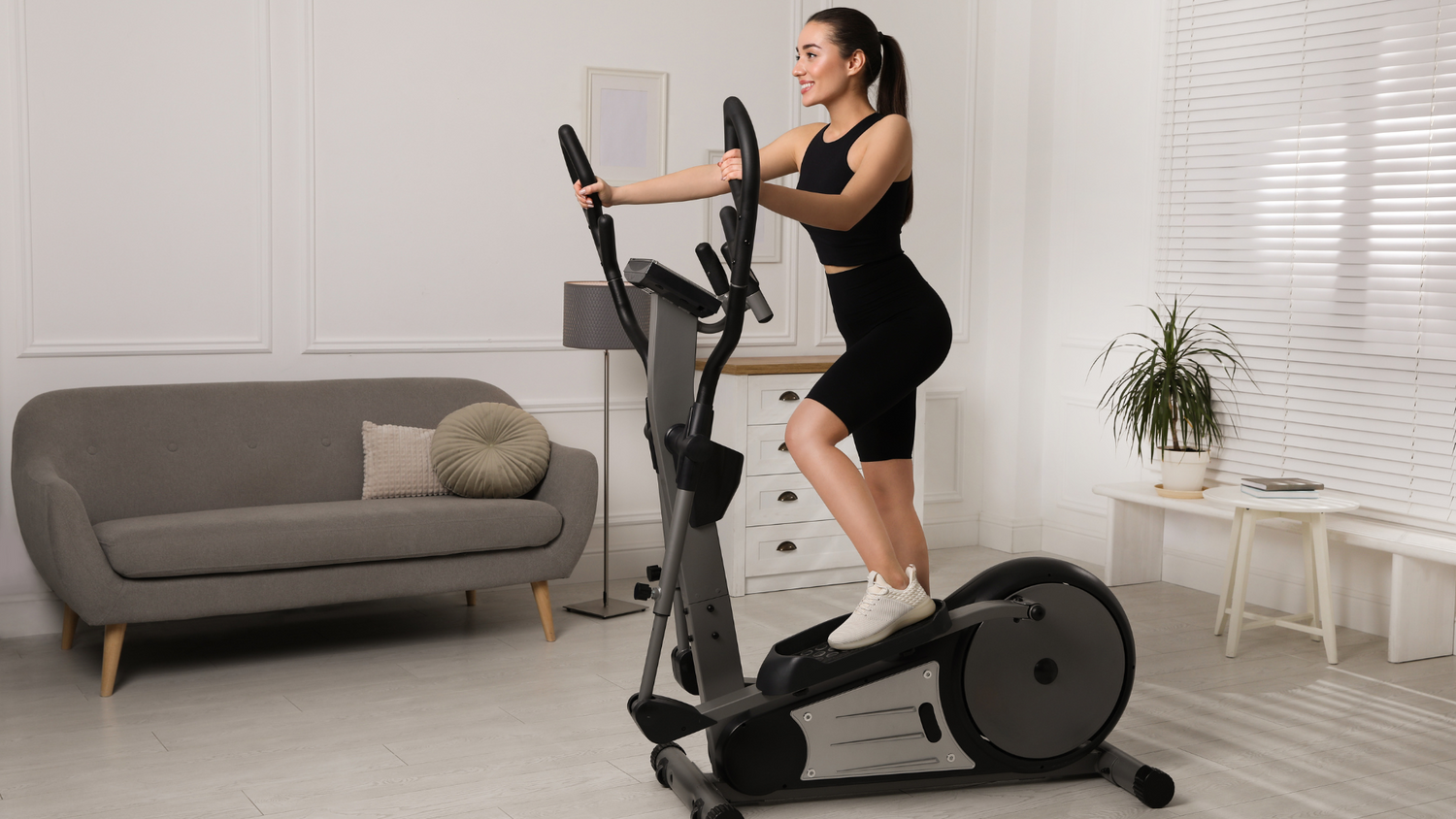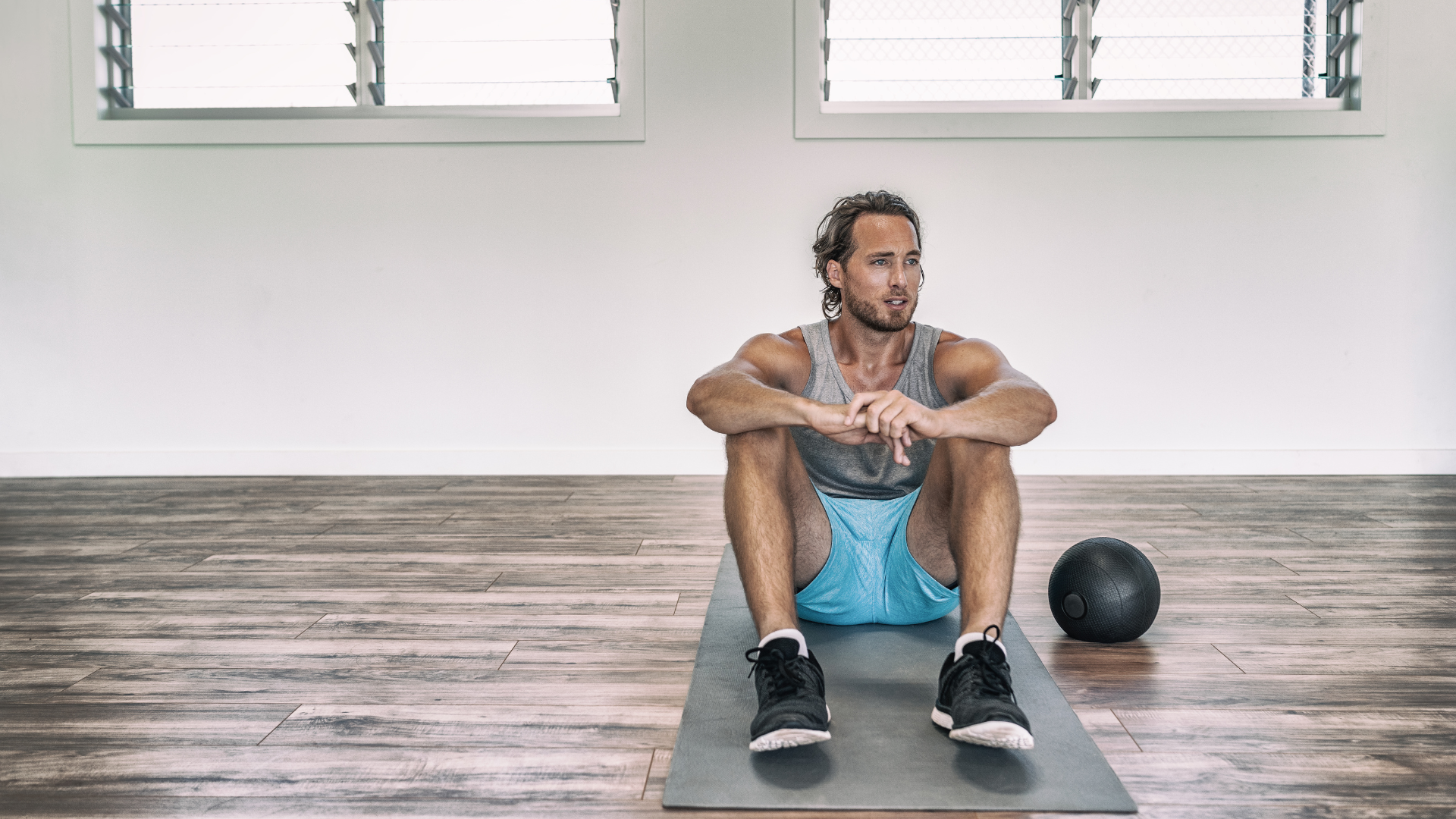Achieving the correct form on a cross trainer, also known as an elliptical trainer, is essential to maximise effectiveness, prevent injury, and ensure a comfortable workout experience. Here are the key aspects of correct cross trainer form:
-
Posture and Alignment
- Upright Position: Stand tall with a straight back and engage your core muscles.
- Relaxed Shoulders: Keep your shoulders relaxed and avoid hunching or tensing them.
- Neutral Head Position: Maintain a neutral head position, looking forward rather than down at the console.
-
Foot Placement
- Even Weight Distribution: Place your feet evenly on the pedals with your weight centered. Avoid leaning too far forward or backward.
- Flat Footed: Ensure your entire foot is in contact with the pedal, from heel to toe. This provides stability and reduces strain on the ankles.
-
Grip and Arm Movement
- Light Grip: Hold the handles lightly for balance and support, but avoid gripping tightly.
- Natural Arm Swing: Let your arms move in a natural pendulum-like motion, coordinated with the leg movements.
- Alternate Movement: As one leg moves forward, the opposite arm should move forward as well, and vice versa.
-
Stride Length and Motion
- Smooth Motion: Move your legs in a smooth, fluid motion rather than jerky movements.
- Full Range of Motion: Utilise the full range of motion provided by the machine's pedals to engage different muscle groups effectively.
- Avoid Over-striding: Keep your stride length comfortable and natural. Over-striding can strain the hips and knees.
-
Resistance and Intensity
- Gradual Increase: Start with a comfortable resistance level and gradually increase it as you warm up.
- Maintain Control: Maintain control over the pedals and avoid letting momentum dictate the movement.
- Adjust as Needed: Modify the resistance and incline settings to simulate different terrains or intensify your workout.
-
Breathing
- Controlled Breathing: Breathe deeply and rhythmically throughout the workout.
- Sync with Movement: Coordinate your breathing with your strides to enhance oxygen flow and endurance.
-
Duration and Pace
- Warm-Up and Cool-Down: Begin with a gentle pace to warm up your muscles, and gradually increase the intensity. Cool down by gradually reducing the intensity towards the end of your session.
- Maintain a Consistent Pace: Aim for a steady pace that challenges you without causing excessive fatigue or breathlessness.
-
Safety Tips
- Use the Safety Features: Familiarize yourself with the emergency stop button or safety features of the machine.
- Hydration: Keep a water bottle nearby and stay hydrated throughout your workout.
- Listen to Your Body: If you experience any discomfort or pain, stop immediately and adjust your form or consult a fitness professional.
Benefits of Correct Cross Trainer Form
- Effective Workout: Proper form ensures that you engage the intended muscle groups efficiently, maximising the benefits of your workout.
- Injury Prevention: Correct alignment and technique reduce the risk of strain or injury to joints and muscles.
- Comfortable Experience: Maintaining proper posture and movement patterns enhances comfort, allowing you to focus on enjoying your workout.
By following these guidelines for correct cross trainer form, you can optimise your workout experience, achieve your fitness goals effectively, and minimise the risk of injury.










Leave a comment
All comments are moderated before being published.
This site is protected by hCaptcha and the hCaptcha Privacy Policy and Terms of Service apply.